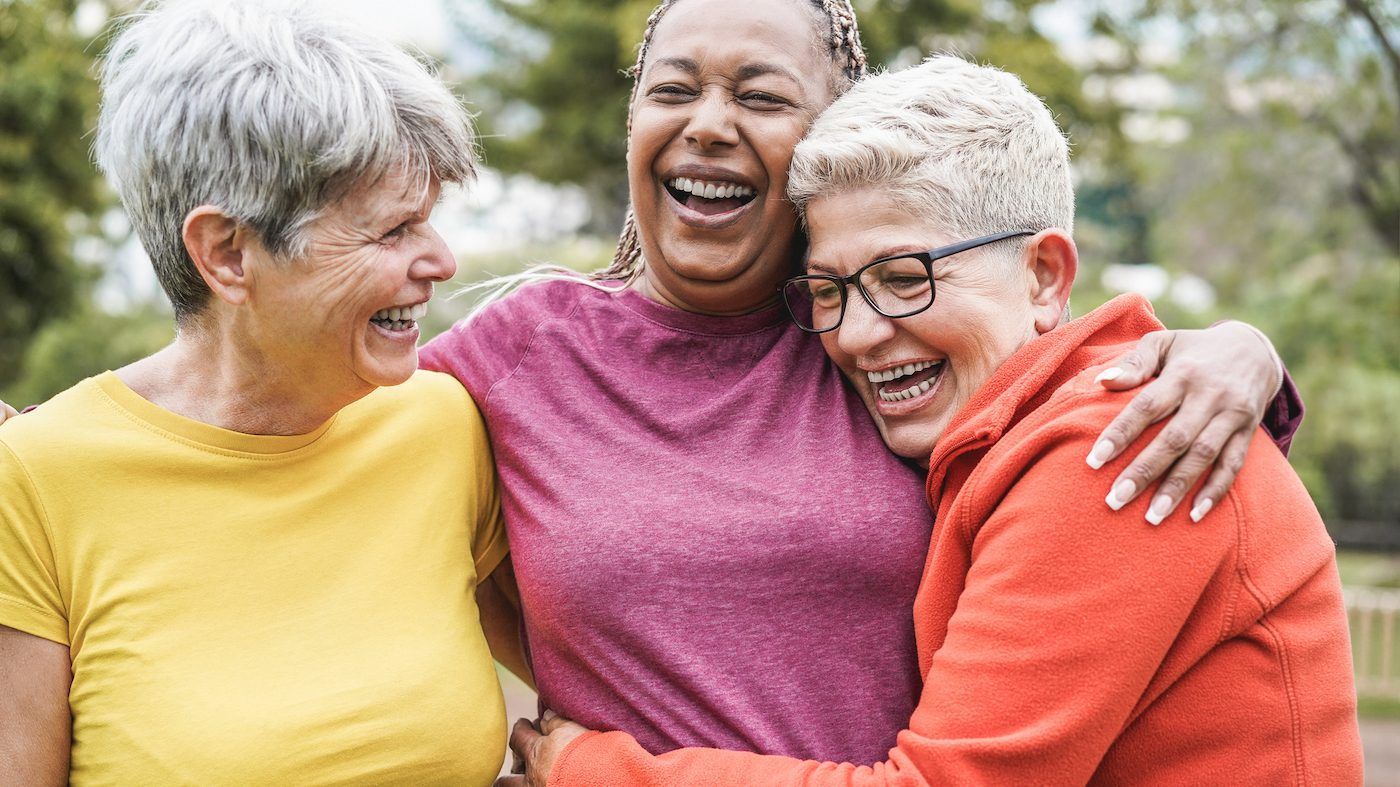more exercise, better mental health
mental health is complex, but it is intertwined with feelings of self, the ability to present oneself, the perception of the ability to control one’s environment, as well as the ability to engage in healthy lifestyle behaviours. there is a large body of evidence that suggests one healthy behaviour promotes the likelihood of engaging in other healthy behaviours, which in turn has a synergistic positive impact on overall health.
as exercise improves physical health, it also plays a role in mental health. for example, science has illustrated the benefit of physical activity to the improvement in cognitive function and long lasting reduction in the incidence of depression. exercise is also associated with improved sleep, better mood, and may increase the chance of forming regular exercise habits. physical activity has also been shown to have a direct impact on mood by increasing endorphin and serotonin activity in the brain. certainly, exercise can be a positive coping strategy for mental health, improving quality of life (qol) and connecting the pillars of health.
what goes in, shows on the skin
there is also plenty of research linking unfavourable foods or food groups to the early onset of diseases, while healthy nutrition delays chronic conditions such as
diabetes, cancer, immune conditions, coronary artery disease through healthy nutrition. good nutrition has also been shown to reduce skin aging, and even prevent skin diseases such as acne, dermatitis, rosacea,
psoriasis, and eczema. while smoking and uv exposure remain important risk factors to aging of the skin, micronutrients and vitamins is essential for good wound healing, strengthening the structures of the skin, collagen development, hydration and response to oxidative stress causing cellular death.
 6 minute read
6 minute read









